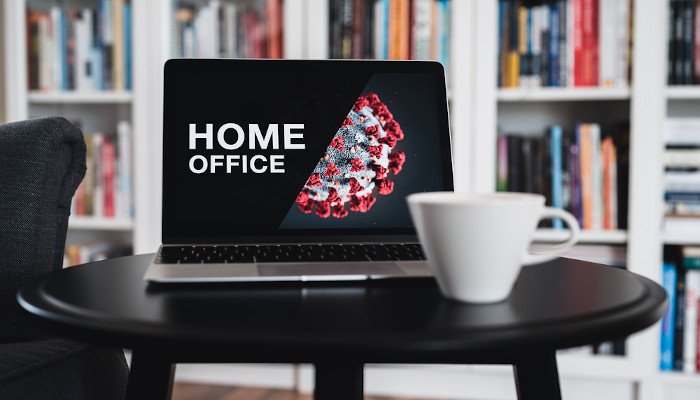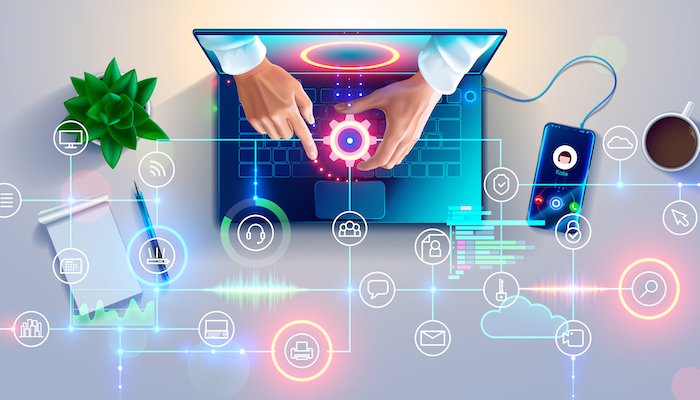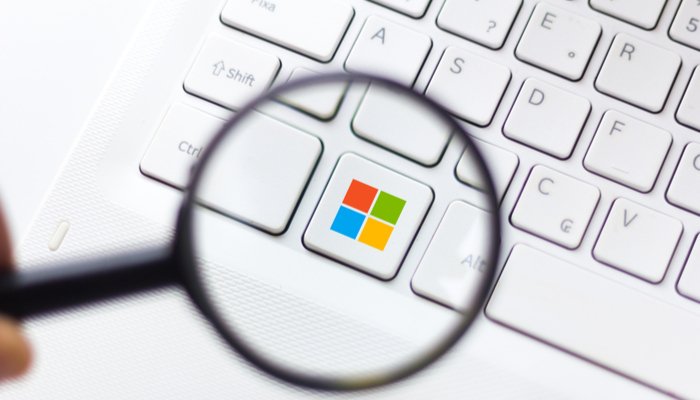
Notizen: Papier schlägt Tablet und Handy
Manchmal sind digitale Hilfsmittel gar nicht so nützlich: Notizen anzufertigen, geht auf altmodischem Paper schneller als mit einer App auf Tablet oder Smartphone.

Manchmal sind digitale Hilfsmittel gar nicht so nützlich: Notizen anzufertigen, geht auf altmodischem Paper schneller als mit einer App auf Tablet oder Smartphone.

Ein Jahr Lockdown - beruflich und privat hat uns die globale Pandemie alles abverlangt. Und die Krise hat insbesondere Unternehmensverantwortliche und Mitarbeiter vor neue Herausforderungen gestellt, die es bis zum heutigen Tag zu bewältigen gilt.

Beim Schlag gegen die berüchtigte Schadsoftware Emotet Ende Januar hat das Bundeskriminalamt auch ein Schadsoftware-Update auf Zehntausenden Windows-PCs weltweit installiert, um sie damit zu bereinigen.

Spätestens seit dem gekippten Privacy Shield-Abkommen steigt die Nachfrage nach europäischen Lösungen für den sicheren Datenaustausch. Gesucht werden Tools mit maximaler Nutzerfreundlichkeit und Sicherheit.

Programmierung und Softwareentwicklung sind die wichtigsten Qualifikationen zur Verbesserung der Beschäftigungschancen. So lautet ein zentrales Ergebnis einer neuen Studie von YouGov und Kantar Sifo, die Red Hat, ein Anbieter von Open-Source-Lösungen, in Auftrag gegeben hat.

Jamf, Anbieter für Apple Enterprise Management, bietet ab sofort erweiterte Workflows im Microsoft-Sicherheitsökosystem und mehr Softwaretitel für ein automatisiertes Application Lifecycle Management (ALM).

BeyondTrust hat seinen neuesten Microsoft Vulnerabilities Report 2021 veröffentlicht. Demnach zählen zu weit gefasste Nutzerrechte zu den höchsten Sicherheitsrisiken, wobei 56 Prozent der kritischen Anfälligkeiten durch die simple Entfernung von Administratorrechten beherrschbar wären.

KI verändert unsere Arbeitswelt: Wir dürfen nicht auf morgen warten, sonst verpassen wir erneut den Digitalisierungs-Anschluss! Wir brauchen einen Mind-Change beim Recruiten von IT-Fachkräften und digitalen Talenten. Dazu ein Kommentar von Morten Babakhani, CEO und Gründer der Brandmonks GmbH.

noris network trägt auch dieses Jahr wieder zum CloudFest (ehemals WorldHostingDays) bei, das als virtuelle Veranstaltung vom 23. bis 25. März 2021 stattfindet.

Phishing gehört zu den ältesten Tricks im Arsenal von Cyberkriminellen. Mit dieser Taktik können Mitarbeiter mit nur einem Klick zum unwissenden Komplizen eines großen Cyberangriffs werden.
Onlineportal von IT Management
We firmly believe that the internet should be available and accessible to anyone, and are committed to providing a website that is accessible to the widest possible audience, regardless of circumstance and ability.
To fulfill this, we aim to adhere as strictly as possible to the World Wide Web Consortium’s (W3C) Web Content Accessibility Guidelines 2.1 (WCAG 2.1) at the AA level. These guidelines explain how to make web content accessible to people with a wide array of disabilities. Complying with those guidelines helps us ensure that the website is accessible to all people: blind people, people with motor impairments, visual impairment, cognitive disabilities, and more.
This website utilizes various technologies that are meant to make it as accessible as possible at all times. We utilize an accessibility interface that allows persons with specific disabilities to adjust the website’s UI (user interface) and design it to their personal needs.
Additionally, the website utilizes an AI-based application that runs in the background and optimizes its accessibility level constantly. This application remediates the website’s HTML, adapts Its functionality and behavior for screen-readers used by the blind users, and for keyboard functions used by individuals with motor impairments.
If you’ve found a malfunction or have ideas for improvement, we’ll be happy to hear from you. You can reach out to the website’s operators by using the following email
Our website implements the ARIA attributes (Accessible Rich Internet Applications) technique, alongside various different behavioral changes, to ensure blind users visiting with screen-readers are able to read, comprehend, and enjoy the website’s functions. As soon as a user with a screen-reader enters your site, they immediately receive a prompt to enter the Screen-Reader Profile so they can browse and operate your site effectively. Here’s how our website covers some of the most important screen-reader requirements, alongside console screenshots of code examples:
Screen-reader optimization: we run a background process that learns the website’s components from top to bottom, to ensure ongoing compliance even when updating the website. In this process, we provide screen-readers with meaningful data using the ARIA set of attributes. For example, we provide accurate form labels; descriptions for actionable icons (social media icons, search icons, cart icons, etc.); validation guidance for form inputs; element roles such as buttons, menus, modal dialogues (popups), and others. Additionally, the background process scans all the website’s images and provides an accurate and meaningful image-object-recognition-based description as an ALT (alternate text) tag for images that are not described. It will also extract texts that are embedded within the image, using an OCR (optical character recognition) technology. To turn on screen-reader adjustments at any time, users need only to press the Alt+1 keyboard combination. Screen-reader users also get automatic announcements to turn the Screen-reader mode on as soon as they enter the website.
These adjustments are compatible with all popular screen readers, including JAWS and NVDA.
Keyboard navigation optimization: The background process also adjusts the website’s HTML, and adds various behaviors using JavaScript code to make the website operable by the keyboard. This includes the ability to navigate the website using the Tab and Shift+Tab keys, operate dropdowns with the arrow keys, close them with Esc, trigger buttons and links using the Enter key, navigate between radio and checkbox elements using the arrow keys, and fill them in with the Spacebar or Enter key.Additionally, keyboard users will find quick-navigation and content-skip menus, available at any time by clicking Alt+1, or as the first elements of the site while navigating with the keyboard. The background process also handles triggered popups by moving the keyboard focus towards them as soon as they appear, and not allow the focus drift outside it.
Users can also use shortcuts such as “M” (menus), “H” (headings), “F” (forms), “B” (buttons), and “G” (graphics) to jump to specific elements.
We aim to support the widest array of browsers and assistive technologies as possible, so our users can choose the best fitting tools for them, with as few limitations as possible. Therefore, we have worked very hard to be able to support all major systems that comprise over 95% of the user market share including Google Chrome, Mozilla Firefox, Apple Safari, Opera and Microsoft Edge, JAWS and NVDA (screen readers).
Despite our very best efforts to allow anybody to adjust the website to their needs. There may still be pages or sections that are not fully accessible, are in the process of becoming accessible, or are lacking an adequate technological solution to make them accessible. Still, we are continually improving our accessibility, adding, updating and improving its options and features, and developing and adopting new technologies. All this is meant to reach the optimal level of accessibility, following technological advancements. For any assistance, please reach out to